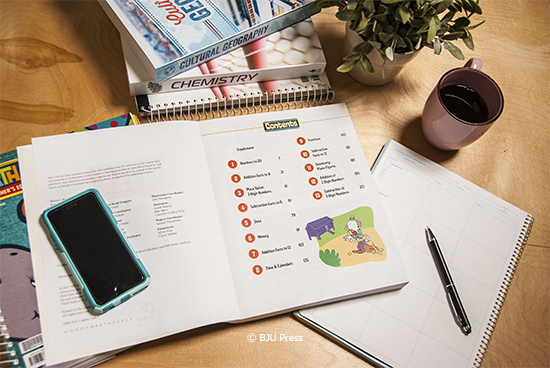
Trying to understand testing norms can be confusing. Thankfully, norms are not too complicated! Norms can be a great resource to help you identify your children’s educational needs. Our testing specialists have heard a lot of concern about testing norms being affected by COVID-19. We worked with Grant, one of our testing specialists, to put together some helpful information about testing norms and how to interpret them.
What are testing norms and how are they created?
Norms are the average results from a group of students using the same test. The publisher of each test or form gathers scores from a comparison group to create a norm group. This comparison group typically includes thousands of students, with the best norm standards coming from tens of thousands. Norm groups for most standardized tests are composed of a representative sample of students from various educational contexts across the United States. This diversity creates a balanced representation of students’ abilities to use for creating norms.
Creating norms is an expensive and time-consuming process. Because of the expense and time, the publishers update norms when new samples are necessary. For example, the original 2011 norms for Iowa Assessments Form E were updated in 2017. If they measured norms each year, it would increase the wait time for scores while norms are created. Also, test prices would rise to pay for the resources and personnel needed to create the norm.
A norm update does not mean that the test has changed. When publishers revise a test’s content, it will have a different copyright date and will generally have an updated name or form number.
Why are they important?
Test scorers, like the Testing and Evaluation team, compare the data for different students’ performances on the same test. Achievement test scores allow us to calculate two numbers. The first number is your student’s percentile rank, or what percentage of similar students your student has performed better than. The second number is the stanine, which quickly determines your child’s percentile ranks and makes it easier to see where your child’s scores fall. Both of these numbers show how your student compares to his or her peers and helps you understand your child’s strengths and weaknesses.
Testing norms create a benchmark to which you can compare your child’s scores. Without norms, achievement tests would be a single pass or fail grade. Also, they would not be as useful to organizations like honor societies, which need to know whether a student is in the top tier nationally.
Will COVID-19 affect norms?
Because testers don’t gather norms on a yearly basis, COVID-19 will not affect norms for Iowa Assessments or the Stanford 10. The Testing and Evaluation team is committed to providing accurate and reliable test results; if you test with BJU Press this year, you will receive the same precise scores you have come to expect from us.
Remember that testing norms do not reflect a standard that your child has to meet. You know your children and their needs better than any test. While test scores can be helpful, they are not authoritative. Testing is just a tool to track your child’s progress and identify areas for growth.



